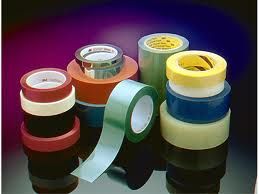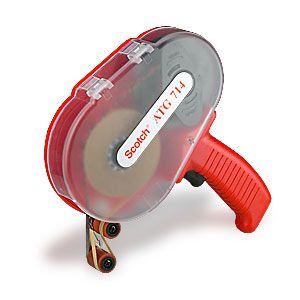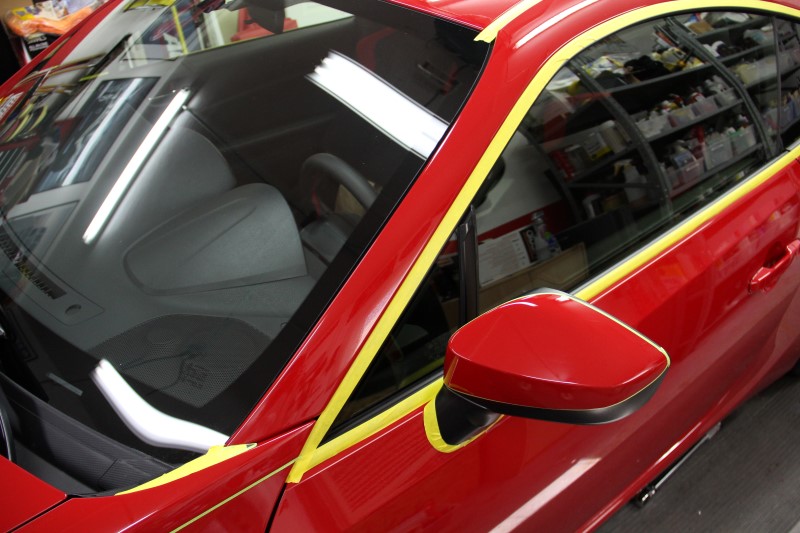togwt
The Old Grey Whistle Test


Mask areas which would be difficult to clean afterwards and or any parts which can be damaged or stained if it comes into contact with the pad or polish being used.
When to use masking tape;
1. To avoid discolouring the trim with synthetic polishes
2. Avoid soiling the pad when going over black trim. The dirt from the rubber gets pulled into the pad and gets transferred
3. Avoid polish residue built up along the seams of the trim.
4. Tape edges of paint as to not polish too far since paint is usually thinner on the edges.
5. Also, tape paint seams to avoid residue in the jams.
6. Badges or emblems or anything with ‘sharp’ edges that you are likely to 'catch'
7. Use masking tape to protect from ‘burning’ trim (rubber, vinyl or metal); around windows, badges, light surrounds etc, can also be used to mask panel edges to avoid thinning the paint surface
8. Tape trim and protruding edges, and any panel gaps that are hard to get into to clean.
9. Tape some newspaper to the windows and over wiper blades and lower windshield trim.
10. Vinyl trim or paint protection film (PPF) - many factory cars include vinyl stripe or accent packages. Also many owners opt to install clear protective films (PPF) on the front end of their vehicles. These surfaces have a very well defined 'edge' that can trap polishes and waxes, those products then make these lines very visible and unsightly. Residues trapped in these spots can be very difficult to remove so tape is an excellent way to save time/effort. Matte and satin vinyl’s can be easily stained or damaged by polishes and waxes, so it is key to prevent contact with those surfaces by masking.
Avoid: pinstripes or overlays that is OVER the top of the clear coat its best to avoid masking these. In some cases, if a section of the stripe is not fully adhered the tape can pull the stripe up. The same is true for overlays. If these areas have been applied and then a clear coat they are safe to tape off, otherwise use caution and avoid them.
Application -use one hand to hold the roll taut and to guide the piece as your press it into place with your other hand Scotch® 3M Painter's Tapes are the most versatile in the Scotch® masking tape line. The low adhesion levels make them suitable for use on both coated and non-coated surfaces and are specially designed for safe use on delicate or smooth surfaces such as glass and painted metal, even on freshly painted surfaces.
These tapes are also ultra violet and sunlight resistant, making them ideal for use on glass surfaces, without leaving any sticky residue. Tape sizes available 0.75 to 2-inch
3Mâ„¢ Scotch® Performance Masking Tape Green- highly conformable, provides the best adhesive transfer resistance, hugs curves, contours and provides outstanding paint lines. Goes on quickly and easily, sticks at a touch and stays put. This tape has excellent conformability, Transfer resistance, and is resistant to bleed through, also has better UV resistance than traditional masking tapes.
3Mâ„¢ Scotch® Safe-Release TM Blue Painters' Masking Tape - this tape removes cleanly from a paint film or glass surface without adhesive transfer or surface damage for up to 14 days - even when exposed to direct sunlight. It is a medium adhesion tape with a flexible crepe backing allows for exceptional conformability to semi-smooth surfaces.
3Mâ„¢ Scotch Blueâ„¢ Brand Edge-Lockâ„¢ - these tapes feature a chemical additive that reacts with moisture to form a barrier and prevent 'bleed' when painting, this additive is difficult to remove from vehicle paint and therefore not suitable for this type of application
3Mâ„¢ Automotive Refinish Masking Tape- designed to meet today's paint technicians requirements for masking before painting; no adhesive transfer; no edge lifting; Water-based (waterborne) paint system compatible.
Tape residue removal – use a safe solvent that does not contain any harmful components (heptanes or xylene or hydrocarbon aliphatic solvents) 3M™ Adhesive and Wax Remover, that simply emulsifies and dissolves the residue. It is important not to leave a solvent based chemical on the paint finish longer than is necessary.
Simply apply to the affected area, allow sufficient to react time, and carefully wipe off, you may have to apply it three or four times allowing plenty of "react time" between applications.

